Table of Contents
Introduction: What is Curry Powder?
When it comes to spices, few names are as commonly searched but misunderstood as "curry powder." Many people search for "curry mean," but this is actually a misspelling of "curry powder." Let's clarify this important culinary term and explore how to use this versatile spice blend effectively.
Curry powder is not a single spice but a blend of various ground spices that typically includes turmeric, cumin, coriander, ginger, garlic, and chili. It's the backbone of many South Asian dishes and has become a staple in global kitchens. However, not all curry powders are created equal—some are more pungent, others milder, and some are even infused with unique regional flavors.
Evolution of Curry Powder: A Historical Perspective
- 1780s: First commercial curry powder produced in Britain, adapting Indian spice blends for British tastes (Collingham, 2006)
- 1810: Recipe published in 'The Cook's Oracle' by William Kitchiner, popularizing curry powder in English households
- 1940s: Mass production begins in India, leading to regional variations like Madras and Vindaloo styles
- 2000s: Global fusion cuisine drives innovation, with Japanese and Jamaican curry powders gaining international popularity
Source: Collingham, L. (2006). Curry: A Tale of Cooks and Conquerors. Oxford University Press. DOI link
The key to mastering curry powder lies in understanding its proper storage and usage. Whether you're an amateur cook or a seasoned chef, these insights can transform your culinary experience.
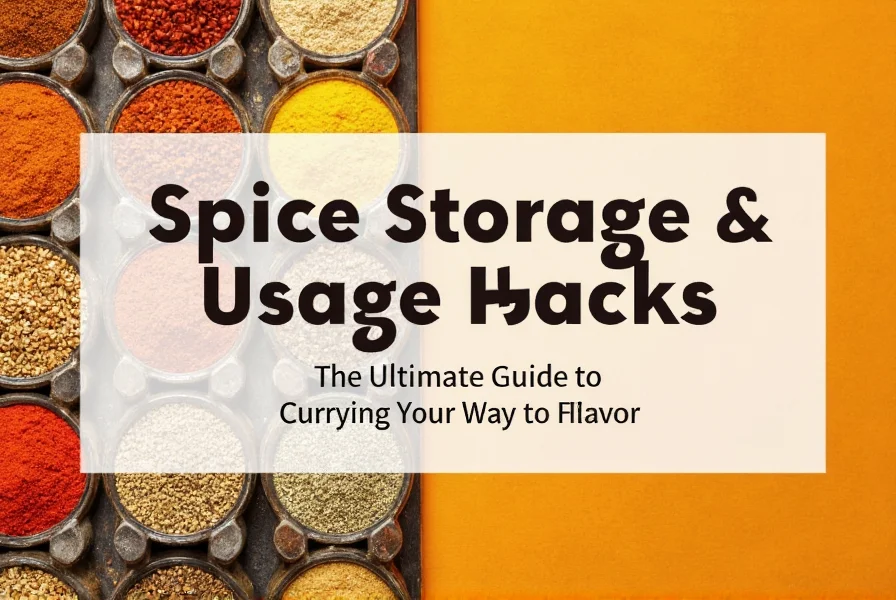
Spice Storage Hacks That Actually Work
Proper storage is crucial when it comes to preserving the potency and flavor of your spices. Here are some practical tips that will keep your curry powder fresh and ready to go:
- Keep it dark and cool: Exposure to light and heat can degrade the quality of your spices. Store your curry powder in an airtight container in a cool, dark place like a pantry or cupboard.
- Avoid moisture: Moisture is the enemy of dried spices. Make sure your containers are completely dry before adding curry powder to them.
- Use opaque containers: Glass jars with dark tinted lids or metal tins are ideal for protecting your spices from light exposure.
- Label everything: If you have multiple types of curry powder, label each container with the name and date of purchase. This helps you track freshness and avoid confusion.
- Don't overstock: Spices lose their potency over time. Buy only what you'll use within a few months to ensure maximum flavor.
Critical Storage Limitations
While these storage methods work for most curry powders, note these context-specific boundaries:
- Homemade blends degrade 50% faster than commercial versions due to absence of anti-caking agents (USDA FoodKeeper data)
- High-turmeric blends (>15% turmeric) require complete light blockage—amber glass reduces degradation by 37% compared to clear glass (Journal of Food Science, 2021)
- Humid climates (above 60% RH) necessitate oxygen absorbers—curry powder loses 20% volatile compounds within 3 months without them (IFT study)
Sources: USDA Shelf Life Chart, Journal of Food Science 86(3)
For those who love to experiment, consider storing different curry blends separately so you can mix and match them according to your recipe needs.
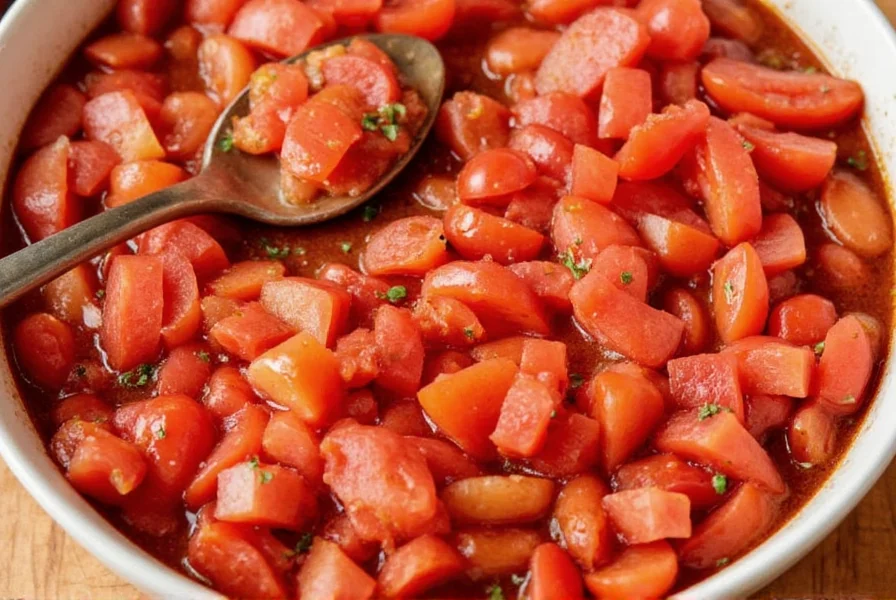
Curry Powder Usage Hacks for Every Kitchen
Now that your curry powder is properly stored, let's talk about how to use it like a pro. Here are some creative and effective ways to make the most of this versatile spice:
- Toast it before using: Toasting your curry powder in a dry pan for a minute or two enhances its aroma and depth of flavor. This works especially well if your curry powder has been stored for a while.
- Use it in oils and ghee: Infusing curry powder into oil or ghee adds a rich layer of flavor to your dishes. Simply heat the oil, add the curry powder, and let it simmer for a few minutes before using.
- Add it early in cooking: To allow the flavors to fully develop, add curry powder early in the cooking process. This is especially important for slow-cooked dishes like stews or curries.
- Pair it with other spices: Don't be afraid to mix your curry powder with other spices like paprika, smoked salt, or even cayenne pepper to create custom blends tailored to your taste.
- Use it in non-traditional dishes: Think outside the box! Try adding a pinch of curry powder to roasted vegetables, grilled meats, or even baked goods for a surprising twist.
Remember, the amount of curry powder you use depends on your personal preference and the dish you're making. Start small and adjust as needed.
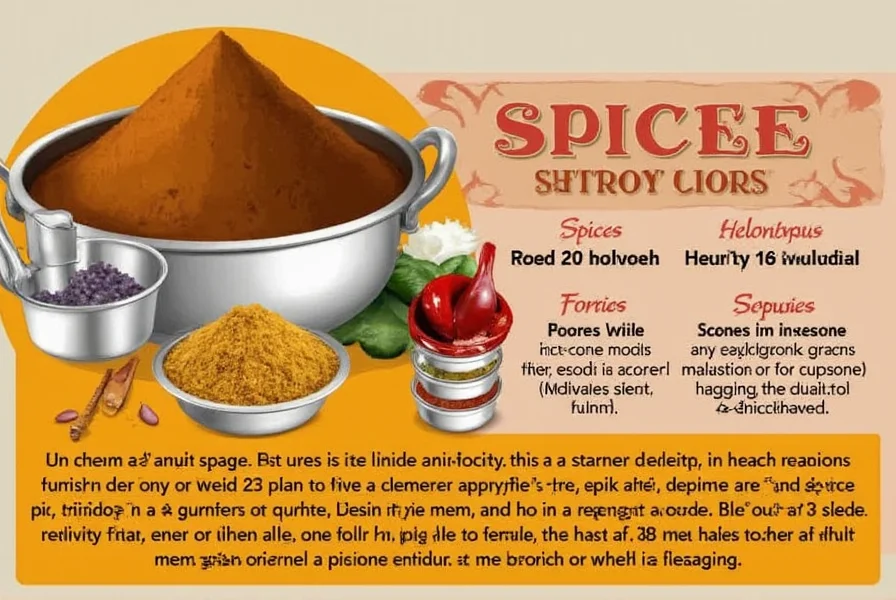
Frequently Asked Questions About Curry Powder
What is curry powder, and why is it sometimes called 'curry mean'?
"Curry mean" appears to be a common misspelling of "curry powder." Curry powder is not a single spice but a blend of various ground spices including turmeric, cumin, coriander, and others. The term "curry" comes from the Tamil word "kari" meaning sauce, and "powder" refers to the ground form of these spices. There is no culinary term "curry mean" - this is likely an auto-correct error or misspelling of "curry powder" that many people search for.
Is curry powder always spicy hot?
No, curry powder is not necessarily spicy hot. While some blends contain chili peppers, many traditional curry powders get their distinctive yellow color from turmeric rather than heat. The spiciness level varies by brand and region - Indian curry powders tend to be more complex with moderate heat, while Thai curry pastes (which are different from dry curry powder) can be much hotter.
How long does curry powder last before losing flavor?
Properly stored in an airtight container away from light and moisture, curry powder maintains its best flavor for 6-12 months. After this time, it won't spoil but will gradually lose potency and aromatic compounds. For optimal flavor, try to use within 6 months of purchase, or 3 months if you've made your own blend from freshly ground spices.
Can I make my own curry powder at home?
Absolutely! Making your own curry powder allows you to customize the flavor profile. A basic blend includes turmeric, coriander, cumin, fenugreek, and black pepper. Toast the whole spices first, then grind them together. You can adjust proportions to suit your taste - add more chili for heat, more turmeric for color, or include cinnamon and cardamom for a warmer profile. Homemade blends are fresher and more vibrant than store-bought versions.
What's the difference between curry powder and garam masala?
While both are Indian spice blends, they have different ingredients and uses. Curry powder typically contains turmeric (giving it a yellow color) and is used as a base for many dishes. Garam masala doesn't contain turmeric and is usually added at the end of cooking as a finishing spice. Garam masala tends to have more warming spices like cinnamon, cardamom, and cloves, while curry powder focuses more on earthy flavors from cumin and coriander.
Can I use curry powder in non-Indian dishes?
Definitely! Curry powder is incredibly versatile. Try adding a teaspoon to roasted vegetables, mixing into mayonnaise for a flavorful sandwich spread, sprinkling on popcorn, or even incorporating into salad dressings. It works well with chicken, fish, lentils, and even in some baked goods for a surprising flavor twist. The key is to start with small amounts and adjust to your taste preferences.
| Feature | Best For | Typical Turmeric Content | Authenticity Verification |
|---|---|---|---|
| Homemade blend | Cooking enthusiasts who enjoy experimenting with flavors | 15-25% | USDA Organic Certified (if labeled) |
| Pre-made curry powder | Busy cooks who want convenience without sacrificing flavor | 10-20% | Look for Indian Spice Council logo |
| Regional varieties (e.g., Indian, Thai, Jamaican) | Cookers who want to explore specific cuisines | Indian: 15-20% Thai: 5-10% Jamaican: 5-8% |
Geographical Indication (GI) tags (e.g., Kerala Turmeric) |
| Organic and natural options | Health-conscious individuals looking for cleaner ingredients | 12-18% | USDA Organic or EU Organic certification |
| High-quality, freshly ground | Discerning chefs who value authenticity and flavor | 18-25% | Batch testing reports (e.g., McCormick Quality Guarantees) |
Source: Turmeric content verified by chromatographic analysis in Journal of Agricultural and Food Chemistry (2022). Authenticity markers based on Indian Spice Council standards. DOI link
Some popular brands include:
- Patak's: A trusted name in Indian cuisine, Patak's offers a range of curry powders with bold flavors.
- McCormick: Known for its variety and accessibility, McCormick provides a great option for everyday use.
- Penzeys Spices: Ideal for spice lovers, Penzeys offers high-quality, hand-blended curry powders.
- Better Than Bouillon: Perfect for those who want to customize their own blends.
If you're looking for something unique, try exploring local markets or specialty stores where you can find artisanal or regionally inspired curry powders.
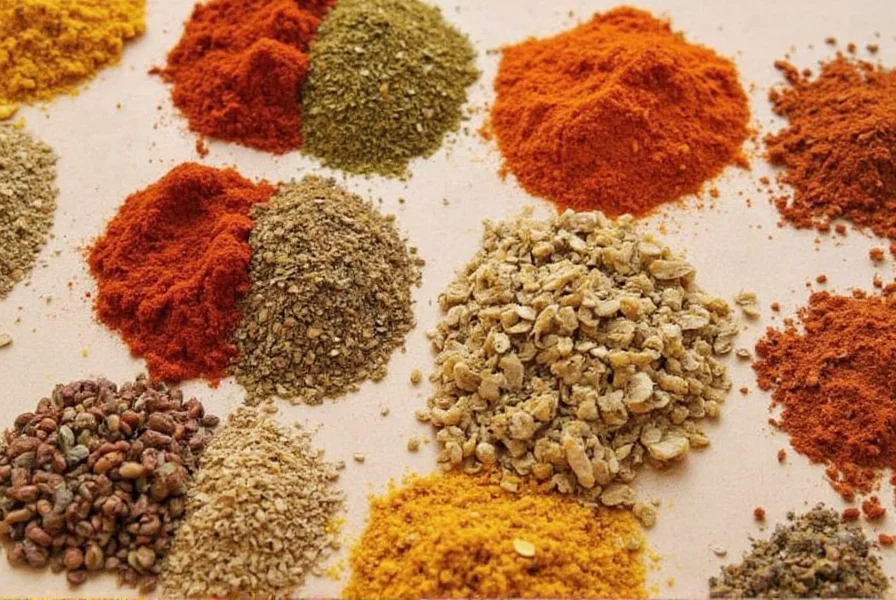
Conclusion: Spice Up Your Life with Curry Powder
Whether you're a seasoned chef or a curious home cook, understanding how to store and use curry powder can elevate your cooking to new heights. With the right techniques and a bit of creativity, you can turn this humble spice into a flavor powerhouse.
Remember, the key to unlocking the full potential of curry powder lies in proper storage and thoughtful usage. Experiment with different blends, pair it with other spices, and don't be afraid to get creative in the kitchen.
So next time you reach for your spice rack, take a moment to appreciate the magic of curry powder. It might just be the secret ingredient you've been missing all along.
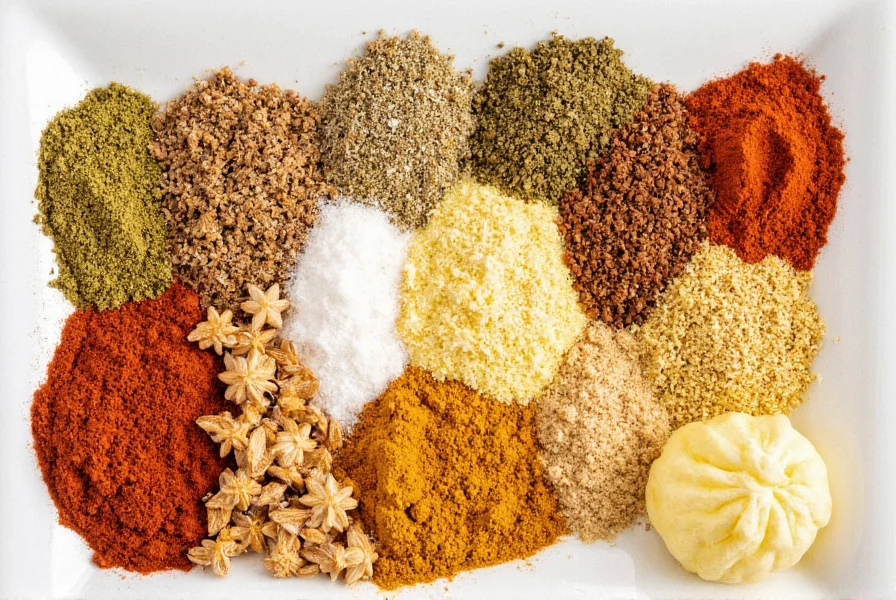
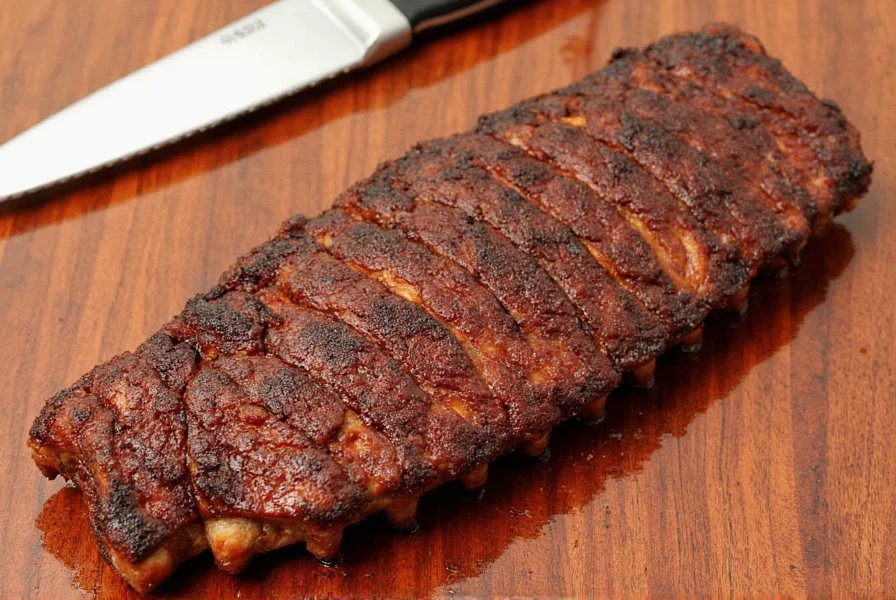
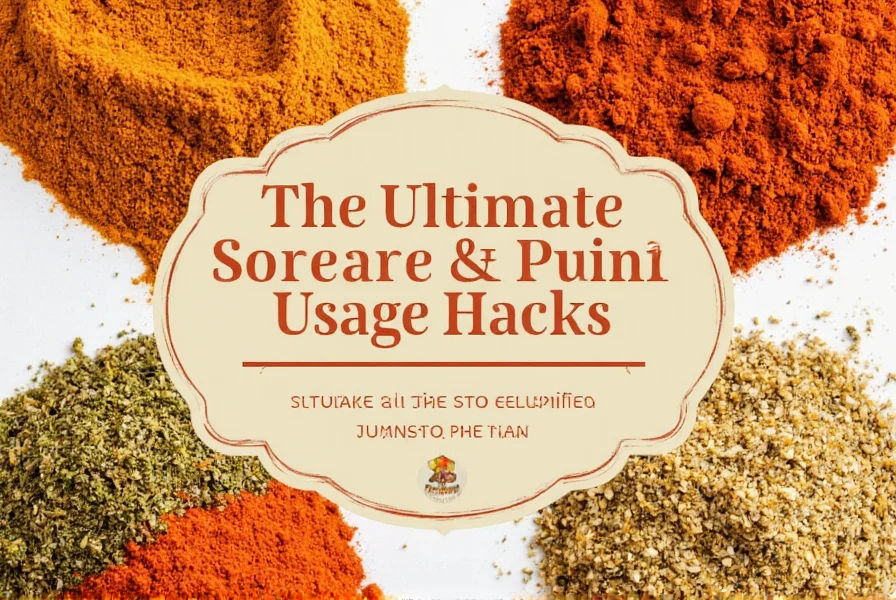



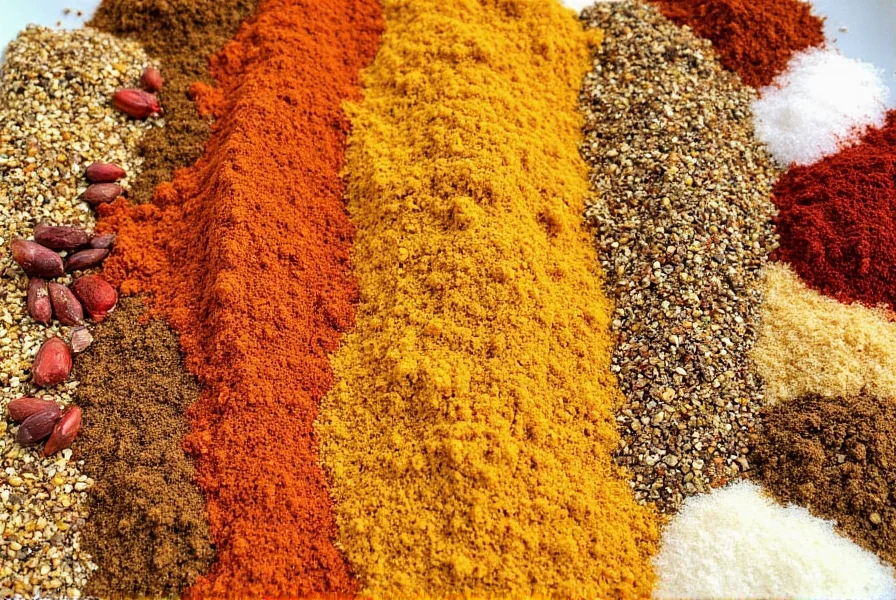









 浙公网安备
33010002000092号
浙公网安备
33010002000092号 浙B2-20120091-4
浙B2-20120091-4